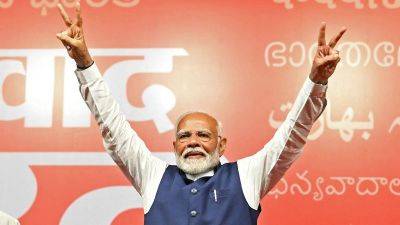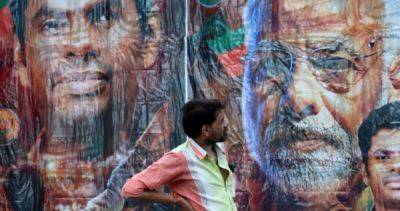Western concerns about Chinese oversupplies are woefully misplaced
The narrative is enticing, plausible and wrong. And it is being ruthlessly exploited to justify protectionism on a scale unprecedented since the 1930 Smoot-Hawley Act, which eventually imposed mountainous tariffs on more than 20,000 imported goods.
China’s ambitions to recover its “proper” place in the world were always going to be problematic for those in the West who have benefited from their economic dominance.
With almost 18 per cent of the world’s population, around 19 per cent of global gross domestic product when adjusted for price differences, 14 per cent of world merchandise trade and more than 28 per cent of the world’s manufacturing output, simple arithmetic suggests to Beijing that it is not unreasonable to aspire to be among the top competitors in the most strategic sectors. How to get there without ruffling too many feathers is a challenge, nevertheless.
China’s core recovery problem is its own awesome size. Coordinating policies across 27 provinces and autonomous regions, five of which are more populous than Germany, has always been a daunting challenge. Few outside China appear to properly recognise the implications.
Chinese leaders have a chronic angst about rolling out sweeping reforms that carry the risk of devastating mistakes. It is better, therefore, to seed lots of small-scale experiments and allow competitive forces to lift the successful ones, and the problematic ones to wilt away with limited damage.
Beijing has repeatedly encouraged this competitive model to spur competition in strategically important areas of the economy: provide large-scale subsidies to large numbers of initial competitors, then progressively reduce support to weed out the least competitive.
However, because domestic demand gobbles







